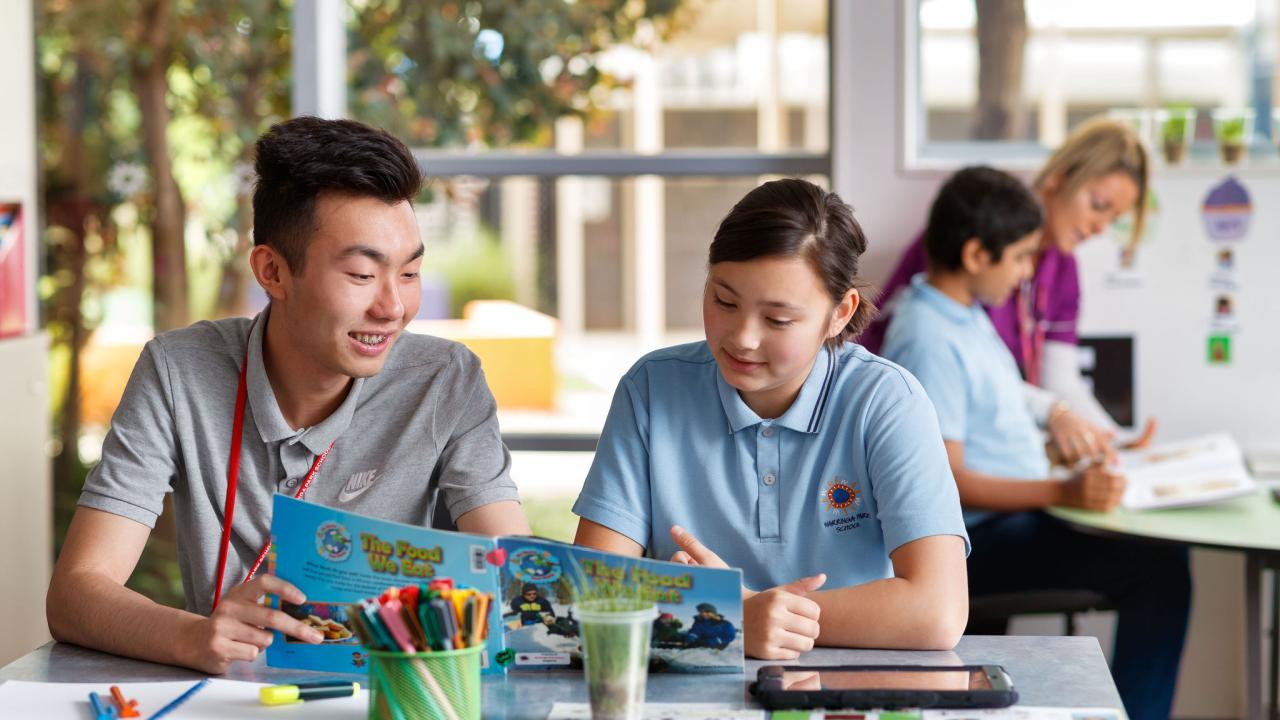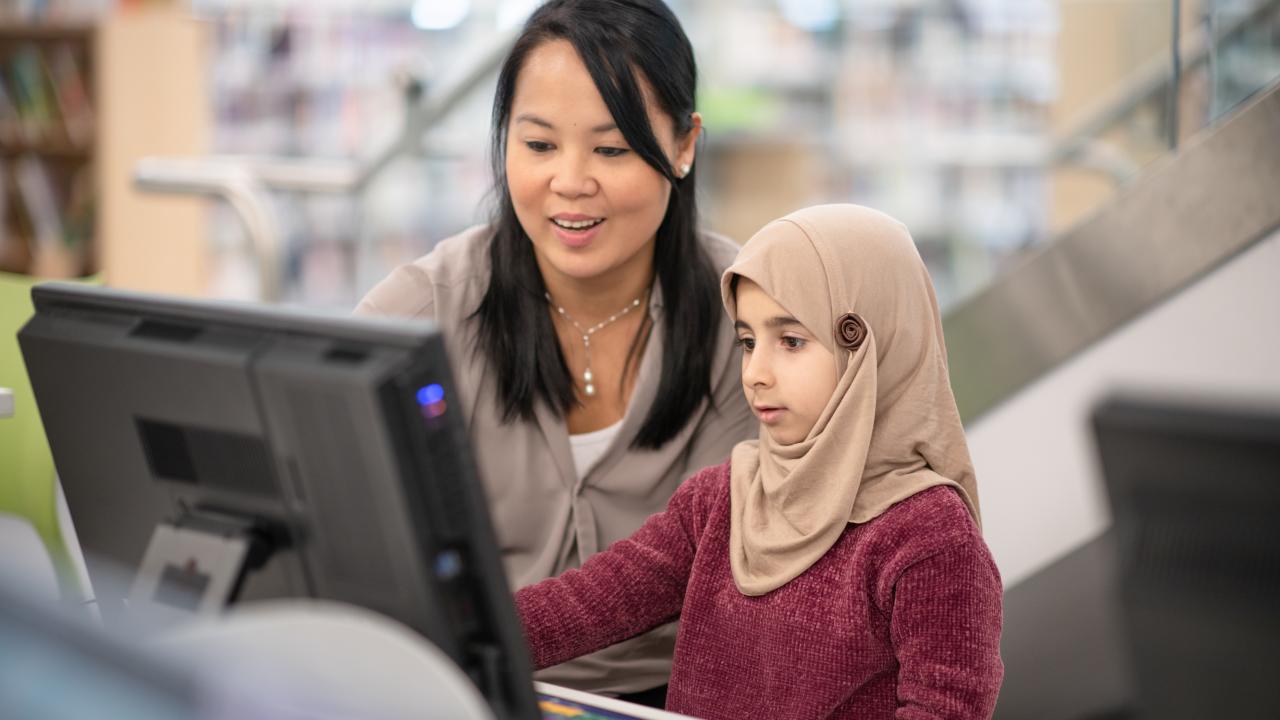18 Jul 2025
Helping every child succeed: VTLM 2.0

What is the VTLM 2.0?
The Victorian Teaching and Learning Model (VTLM) 2.0 is an updated framework for Victorian schools, designed to improve teaching practices based on the latest research in neuroscience and education. The goal is to ensure every student has the best chance to succeed by focusing on two core components: how students learn and how teachers teach. This new approach aims to make learning more effective, lasting, and engaging for children across Victoria.
Why are Victorian schools changing their teaching methods?
Schools are updating their practices to align with the best evidence about how students learn.
The Academy is supporting this transition by providing professional learning programs for teachers.
The VTLM 2.0 is based on years of research into effective teaching strategies and brain science. It's a move away from traditional methods toward a more strategic, evidence-based approach that helps students not just learn but truly understand and retain information.
The elements of learning: How your child's brain learns
The VTLM 2.0 is built on four key principles of how the brain processes and remembers information. Understanding these elements can help you reinforce them at home.
1. Attention and focus
Learning begins with engagement. Teachers create environments that minimize distractions and help students concentrate on the lesson. At home, you can help by providing a quiet space for homework and encouraging your child to focus on one task at a time.
2. Knowledge and memory
The brain builds new information on existing knowledge. Teachers help students connect new ideas to what they've already learned. You can support this by asking your child to recall previous lessons or relate new topics to things they already know.
3. Retention and recall
Long-term memory requires practice. Teachers use strategies like spaced repetition and regular quizzes to help students remember information over time. You can help by briefly quizzing your child on what they learned in class or encouraging them to revisit old notes.
4. Mastery and application
True learning is being able to apply knowledge in different situations. Teachers use problem-solving and collaboration to help students use their new skills in a real-world context. Support this by asking your child how they can use their new knowledge to solve a problem or create something.
The elements of teaching: The 'How-To' for teachers
The VTLM 2.0 encourages a step-by-step, or explicit teaching, approach. This means teachers are intentional and transparent in their instruction, which helps students understand, use, and remember what they learn.
Here's how this often looks in the classroom:
Step 1: Clear goals
Lessons typically begin with a clear explanation of what students will learn and why it's important.
Step 2: Structured steps
Content is broken down into smaller, manageable steps.
Step 3: Active checks
Teachers regularly check for understanding to ensure students are following along before moving on.
Step 4: Repeated practice
Students get to practice new skills in different ways over time, which helps solidify the information in their long-term memory.
How to support learning at home
Your role as a parent or carer is vital in reinforcing what's happening in the classroom. By asking specific questions, you can help your child reflect on their learning and strengthen their understanding.
10 key questions to ask your child about their day
- What was a learning goal of your class today?
- Can you explain what you learned in your own words?
- What helped you understand it better?
- What examples were shared with the class?
- What's one mistake you made and fixed today?
- How did you practice what you learned?
- How would you teach this to someone else?
- What did you remember from an earlier lesson that helped you today?
- How do you know if you're getting better at something?
- What's one question you still have about today's learning?
Download this VTLM 2.0 guide designed to help every child succeed

Download

Acknowledgement
The Academy is grateful to Parents Victoria for their expert advice in producing this guide.
This document has been prepared by the Victorian Academy of Teaching and Leadership (the Academy).
- The Academy reserves any moral rights of integrity in this text and publishes it on the basis that it may be used, provided it is not altered or adapted for use without the express permission of the Academy.
- Please note that the Further Reading (References) section is provided for attribution only and not subject to the terms of the Creative Commons Licence. No representations are made as to the accessibility or copyright ownership of the publications listed and they are solely provided as alternative sources of knowledge relevant to the topic.
- Content edited and up-to-date as of July 2025.
Discover more resources
Explore the effective teaching strategies within the Victorian Teaching and Learning Model 2.0.
Learn more

Explore professional learning programs, teaching resources, and guides to support the implementation of the Victorian Teaching and Learning Model (VTLM 2.0). Discover evidence-informed strategies for literacy, numeracy, and school improvement, with resources for teachers, leaders, and families.






